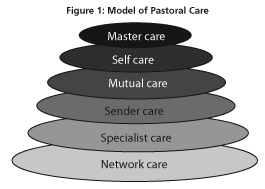Related Articles
The Word Made Flesh: Towards an Incarnational Missiology
This book was co-published with the American Society of Missiology dissertation series and has the mark of excellence of theological doctoral studies from the Melbourne College of Divinity.
Pastoral Care of Missionaries: Turning Theory into Practice
A case study of how the Church Missionary Society of Australia has worked to develop a model of best practice in the pastoral care of missionaries.
A Really Useful Theological Doctorate for Africa
Twice a week for two years I commuted across Nairobi, Kenya, to teach at the Nairobi Evangelical Graduate School of Theology. During these commutes, I regularly passed a business with the unique and descriptive name “The Really Useful Landscaping Company.”
A Really Useful Theological Doctorate for Africa
Twice a week for two years I commuted across Nairobi, Kenya, to teach at the Nairobi Evangelical Graduate School of Theology. During these commutes, I regularly passed a business with the unique and descriptive name “The Really Useful Landscaping Company.”
Welcoming the Stranger
Presenter: Matthew Soerens, US Director of Church Mobilization, World Relief Description: Refugee and immigration issues have dominated headlines globally recently. While many American Christians view these…


